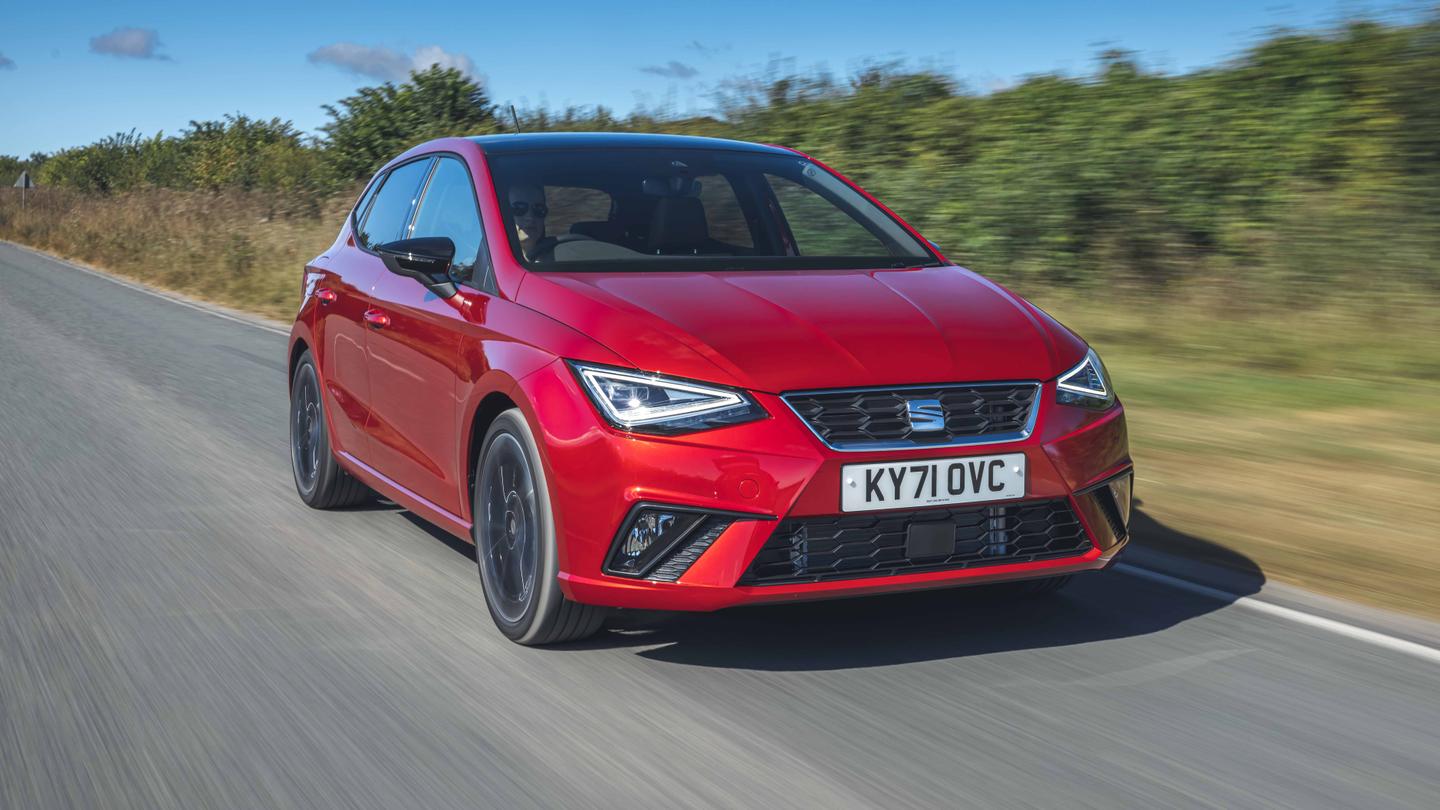
Peugeot 208 interior, tech and practicality
Gallery
Comfort and visibility
Comfort is a key string in the 208’s bow, so it’s good that the cabin is an easy place to spend a long time in. All models include an adjustable-height driver’s seat along with steering that adjusts for both reach and rake. This is important in the 208 because Peugeot’s funky i-Cockpit setup means you look over the unusually small steering wheel at the dials, rather than through it. Drivers of most shapes and sizes can make this arrangement work, but it’s worth double checking you can see everything clearly before committing to a 208.
Operating key vehicle and infotainment functions in the 208 could be a little easier. Physical switches on the dashboard are only offered for a handful of functions including hazard lights, door locks and windscreen defoggers. Everything else, including the majority of climate control adjustment, must be done through the touchscreen. There’s no question most buyers will get used to this setup, but it’s not as intuitive as rivals that feature more physical controls.
Your view out the 208 is pretty good. Front pillars are fairly thin and the side windows are tall, making T-junctions a fairly straightforward affair. Over-the-shoulder visibility is, like almost all rivals in this class, a little compromised by thicker rear pillars. To make life easier, all 208s get rear parking sensors as standard, with front sensors and a reversing camera available on higher-end trims.
Standard equipment
The range kicks off with Active trim. This still gets a generous helping of equipment including 16-inch alloy wheels, air conditioning, rear parking sensors and automatic emergency braking. It has a basic seven-inch infotainment system with Apple CarPlay and Android Auto. Active Premium adds a built-in sat nav to the screen.
Allure is a step up and gets smarter-looking alloy wheels and extra gloss-black styling details. Inside, there's automatic climate control, part-faux-leather upholstery and automatic wipers. Allure Premium, again, adds built-in sat nav.
GT Line gains sportier looking alloy wheels, black door mirror caps and wheel arch trims, and a dark-coloured front grille. You also get distinctive claw-shaped automatic LED headlights with auto high beams.
Then, range-topping GT models add to this with the larger 10-inch touchscreen infotainment system with built-in sat nav, heated front seats, part-Alcantara upholstery, adaptive cruise control, lane-keep assist and blind-spot monitoring.
Confusingly, Peugeot renamed GT Line and GT trim in 2022. GT Line – the lesser of the two – is now just called GT, while the former range-topping GT trim is now dubbed GT Premium.
For most buyers, Allure includes all the kit they’re likely to use on a daily basis. However, it’s hard to deny the fully featured appeal of top-spec GT cars, especially thanks to their more high-tech looking infotainment setup.
Buyers looking at 2024-on cars will predominantly find Allure and GT models, plus a limited-edition E-Style model. The E-Style sticks with the older seven-inch screen, while Allure and GT cars both now get the 10-inch upgrade – with Peugeot’s upgraded infotainment software that’s easier to use.
Infotainment and audio
Speaking of infotainment, the Peugeot’s system is nicer to look at than it is to use. It’s a little slow to respond to inputs and the graphics look a bit fuzzy compared to the best in class. On-screen buttons are often small and shoved to the screen’s edge, making them hard to hit on the move. The larger screen does fix this issue somewhat, with a little more space for graphics, and more recent cars get a host of updates to make it easier to use if you’re used to the layout of a smartphone.
We really like the driver’s digital display, however, which is featured on all but Active cars. This includes modern-looking speed and rev-counter graphics that avoid the deliberately retro look some competitors adopt and, on range-topping versions, has a funky 3D effect that overlays one set of graphics on top of another to give a sense of depth.
There’s only one stereo option – a six-speaker unit. It’s more than a match for your favourite Spotify pop playlists but discerning audiophiles should look at Audi and Mini alternatives that have optional upgraded stereos if that’s a deal breaker.
Rear seat space

Almost no cars in this class, save for the Honda Jazz, have spacious rear seats, but the 208 can still cope with four adults in the cabin. Life in the back seats is made a little easier by the front-seat backs, which have a generous scoop taken out of them, giving your knees somewhere to go. There’s also acceptable levels of headroom thanks to a roof that doesn’t curve down like some sportier-looking rivals. Fitting three across the rear row, however, will be very uncomfortable and is only an option for very short trips.
There are Isofix points in both rear-outer seats but this isn’t a car that’s well suited to carrying children. For starters, the space back there is tight already, but the rear doors are an extra complication because they don’t open very wide. This gives you only a narrow opening to wrestle your children into their car seats, so buyers with kids will be much better off with the similar Peugeot 2008 SUV.
Boot space

The boot measures in at 311 litres, which is about average for this segment but quite a few litres down on the SEAT Ibiza and Skoda Fabia. The space is square but the opening could be a little wider and lower to the ground, so loading heavy objects can be more of a strain than it would be in a more practical alternative.
Electric 208s have the same boot capacity as petrol ones, which isn’t the case in the related Vauxhall Corsa.































.jpg&w=1440&q=75)
















